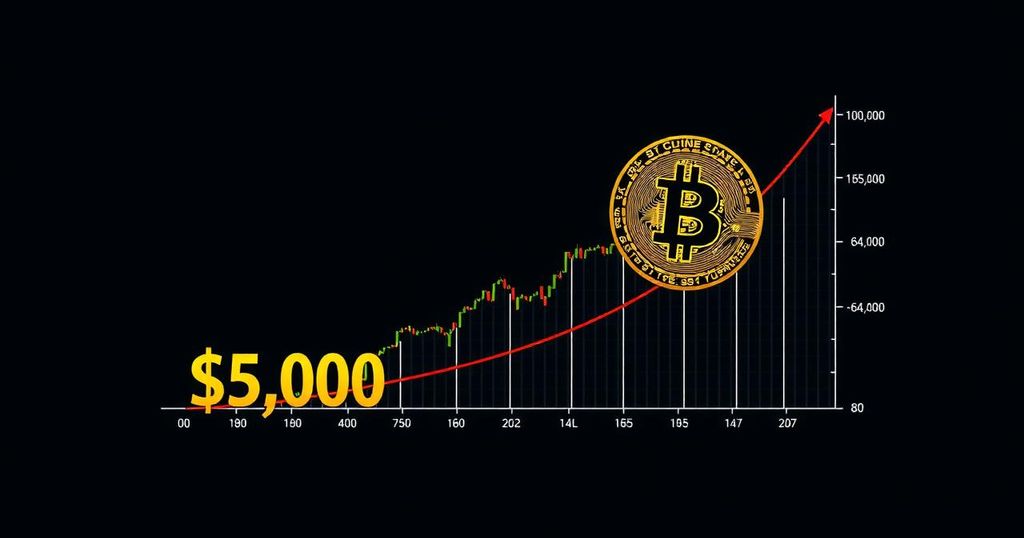Arthur Hayes Predicts Bitcoin’s Gradual Descent Towards $50,000 Before Potential Surge
Bitcoin continues to exhibit signs of volatility, with expectations of further sideways movement and potential declines before a significant rally. This assertion comes from Arthur Hayes, co-founder of BitMEX, who has critically assessed the cryptocurrency’s trajectory in light of recent economic developments.
In his recent commentary, Hayes acknowledged that his earlier forecast predicting the initiation of a Bitcoin bull market in September was inaccurate; however, he maintains that his cautious outlook is temporary. He expressed, “I have changed my mind, but it does not affect my positioning at all. I remain substantially long in an unleveraged capacity.”
Hayes has adjusted the timeline for his bullish outlook, anticipating that the Federal Reserve and the U.S. Treasury will introduce emergency liquidity measures into the market, likely derived from the Treasury General Account and a possible resumption of quantitative easing aimed at stabilizing the Treasury market. He stated, “I expect intervention to begin in late September,” and indicated that during this interim period, Bitcoin may either sustain its current levels or gradually decline towards the $50,000 mark.
The cryptocurrency had previously surged to $64,000 following remarks from Federal Reserve Chairman Jerome Powell regarding the potential for lowered interest rates. This reduction in rates commonly results in lower borrowing costs, which historically contribute to bullish sentiments surrounding scarce assets, including Bitcoin.
In a prior analysis, Hayes characterized the spike in Bitcoin’s price as a temporary “sugar high,” likely to diminish as the Japanese yen gains strength, thus affecting the prevailing “yen carry trade” which has been supporting asset valuations.
Furthermore, Hayes noted an emergent complication; the Federal Reserve’s Reverse Repo Program (RRP) has witnessed an increase in deposits, attributed to its relative higher yields as opposed to U.S. Treasury bills. Hayes posits that escalating RRP activity serves to “sterilize” funds, preventing their reinvestment in the financial system, which in turn hampers asset price growth. “Assuming the Fed does not enact rate cuts prior to the September meeting, I predict T-bill yields will remain substantially lower than those offered by the RRP,” he elucidated.
Looking ahead, Hayes forecasts that rate cuts will propel 10-year Treasury bond yields nearing the 5% threshold. Given that the Treasury previously deemed liquidity injections necessary when yields approached similar levels last year, he anticipates a repeat of such actions that would ultimately benefit Bitcoin.
Hayes concluded by suggesting that if Treasury Secretary Janet Yellen does not act swiftly, it could potentially jeopardize Vice President Kamala Harris’s prospects in the upcoming election. He remarked, “Under these conditions and Yellen’s steadfast allegiance to the Democratic party, those supporting the market could exert considerable pressure on the perceived ‘free’ market dynamics.”








Post Comment